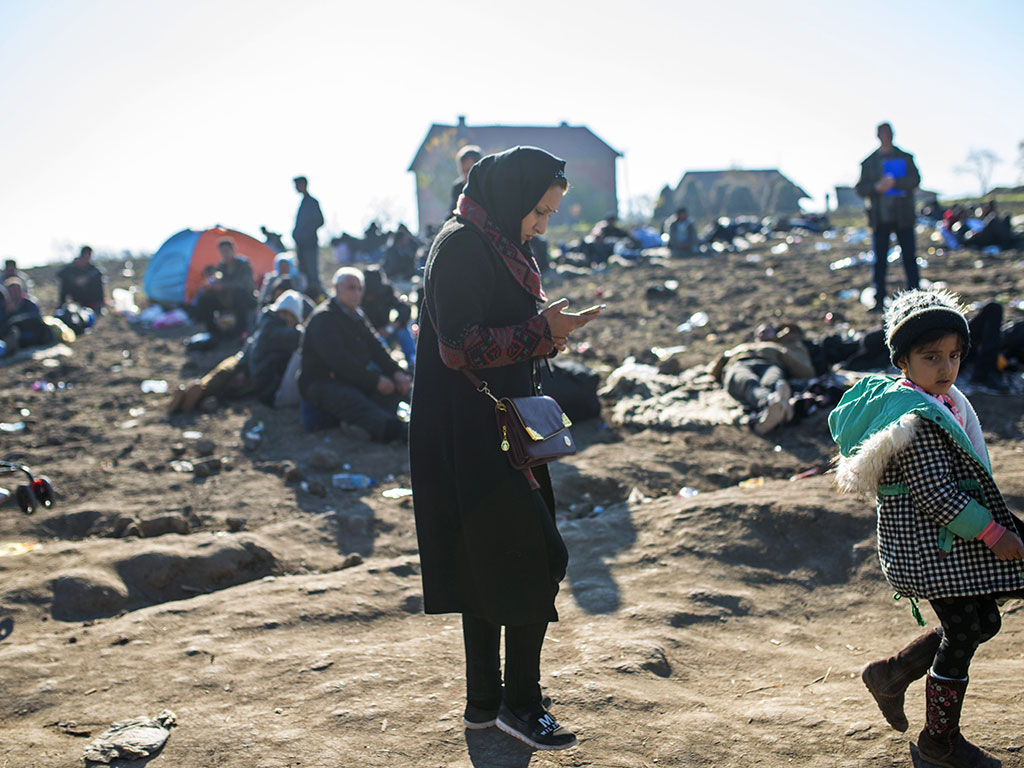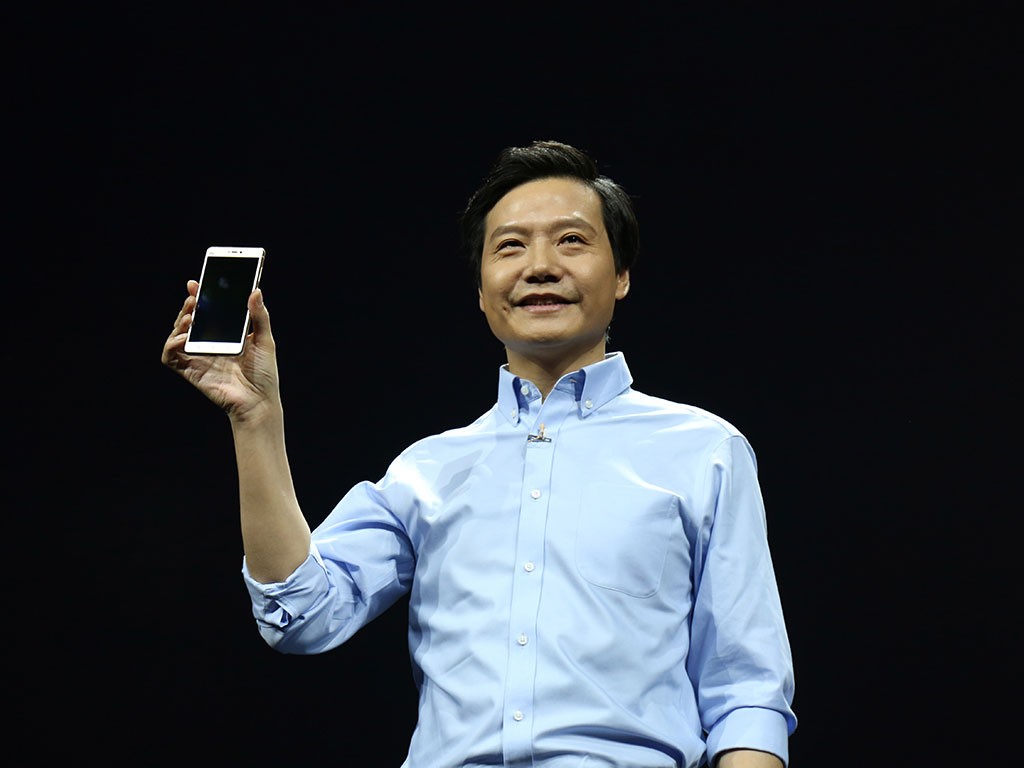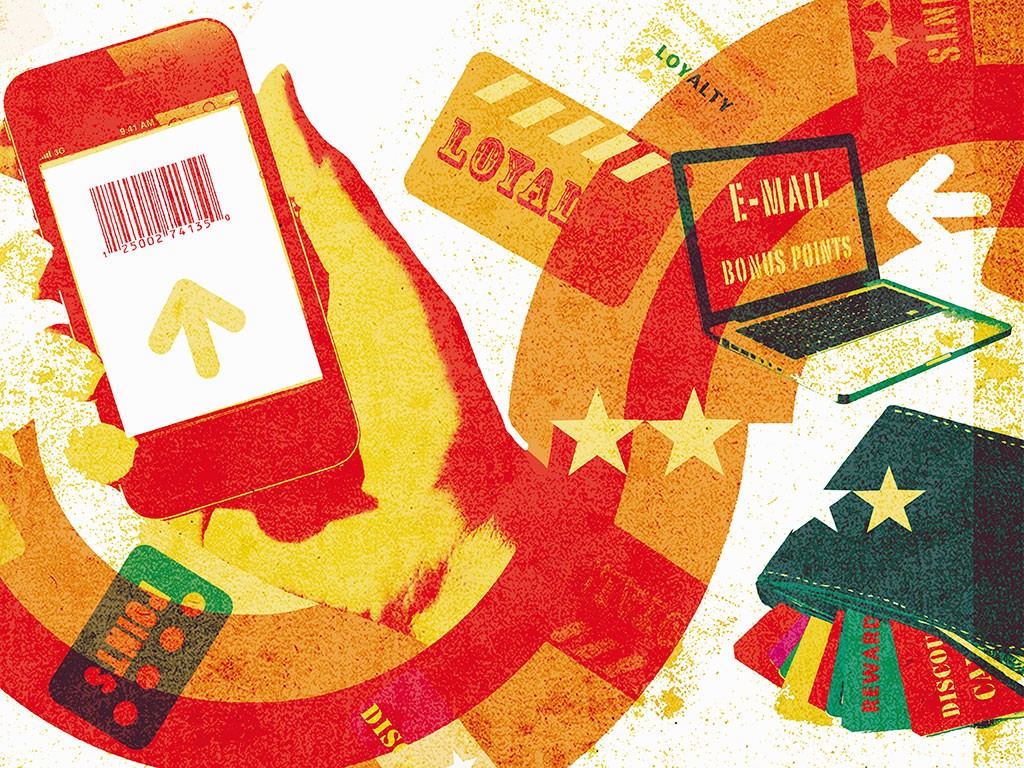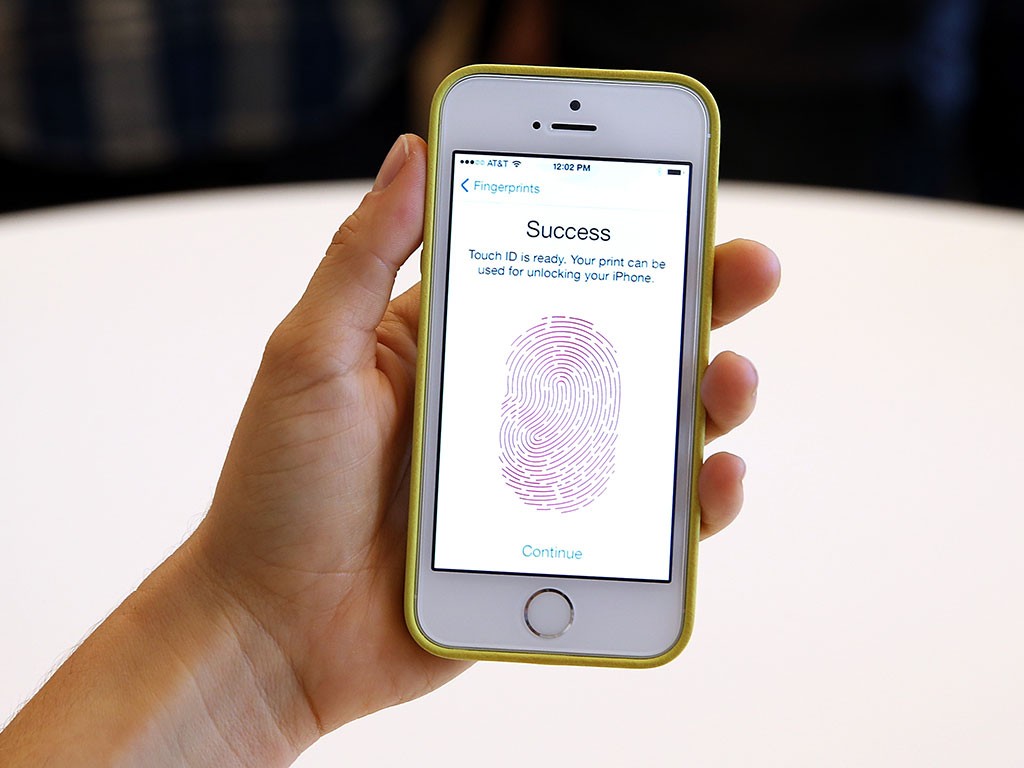How a phone can help the fight for equality
The GSMA has launched an ambitious scheme to increase mobile connectivity among women in the developing world

A woman uses a mobile phone at a refugee camp on the Macedonia-Serbia border. Mobile phone ownership among women is far behind that of men in low- and middle-income countries; even when women do own phones, they are less likely to use services such as mobile banking
At the annual Mobile World Congress, the GSMA announced the launch of the Connected Women Commitment Initiative: a scheme aimed at tackling the mobile gender gap. The GSMA, an organisation that represents mobile operators from across the globe, hopes to provide connectivity to millions of women in developing countries by 2020.
Cost remains the biggest challenge for the 1.7bn women who do not own a mobile phone
Research carried out by the GSMA estimates that, in low- and middle-income nations, around 200m fewer women than men own a mobile phone. Moreover, the gap between those using mobile services appears to be even greater. “Even when women do own a mobile device, they are far less likely to use it for more sophisticated services, such as mobile internet and mobile money, and therefore miss out on key socioeconomic opportunities”, said GSMA Director General Mats Granryd in a press release.
Ensuring digital and financial equality is crucial; when women prosper, so do their local economies. Increasing the number of female mobile customers in developing nations will also support the United Nations Sustainable Development Goal to promote greater gender equality and female empowerment around the world.
The GSMA forecasts this relatively untapped group represents a market opportunity worth $170bn by 2020. Yet, at present, cost remains the biggest challenge for the 1.7bn women who do not own a mobile phone, while service delivery issues, technical literacy and confidence are also barriers.
Challenging social norms and increasing the financial independence of women in various cultures is a huge challenge to overcome if the GSMA is to fulfil its ambitious plans. But as more women are connected, and the benefits spread across their communities, this difficult challenge will become achievable.













